(Gerry Furth-Sides) Owner Smita Vasant opened Saffron Spot Ice Cream & Snack Bar in the summer of 2005 to a warm welcome that continues to this day. She moved to the Little India (Artesia) shop after her delicious, unique homemade ice cream creations became so popular with friends and then her community that they inspired a commercial business supplying wholesale ice cream to restaurants and events. //saffronspot.com
Located at the end of a spiffy street of Indian stores and restaurants in Artesia, well-known as “Little India,” freeway close to Los Angeles, each part alone adds up to a whole. The photo of colorful fashion-model Smita and the shop below starts the story.
The menu after all these years is comprehensive and filled with customer favorites. Just look at choices (shown below)! In Smita’s words, “I enjoy creating flavors that remind me of India and so experiment with various spices and flavors that are used in India to create one-of-a kind flavors and combinations.”
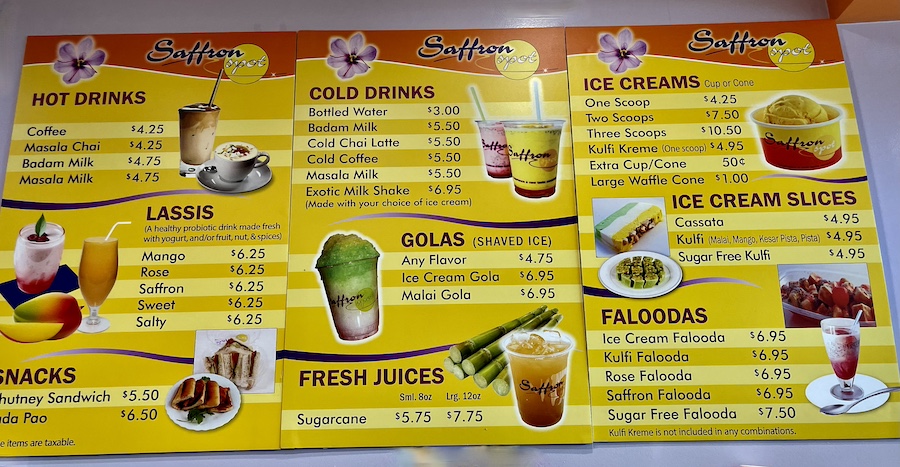
Smita is renowned for her freshly made, Indian classic, kulfi, a much denser and creamier cousin to ice cream, also centuries old. Sumptuous sundaes are a little meal in themselves.
“Kulfi is one of our most authentic items,” Vasant explains. “It’s made the old-fashioned way, by boiling milk until it is reduced and then adding sugar and spices to it.” It’s also one of the most popular in India with kulfi and falooda noodles as endearing a combination as American ice cream in a cone.
Originating in 16th-century Delhi during the sumptuous Mughal era, Kulfi is a cherished part of the national cuisines of India, Pakistan, Bangladesh, Myanmar, Nepal, Sri Lanka and the Middle East. It was the Mughals who not surprisingly added luxuriant pistachios and saffron for a more royal, elevated flavor.
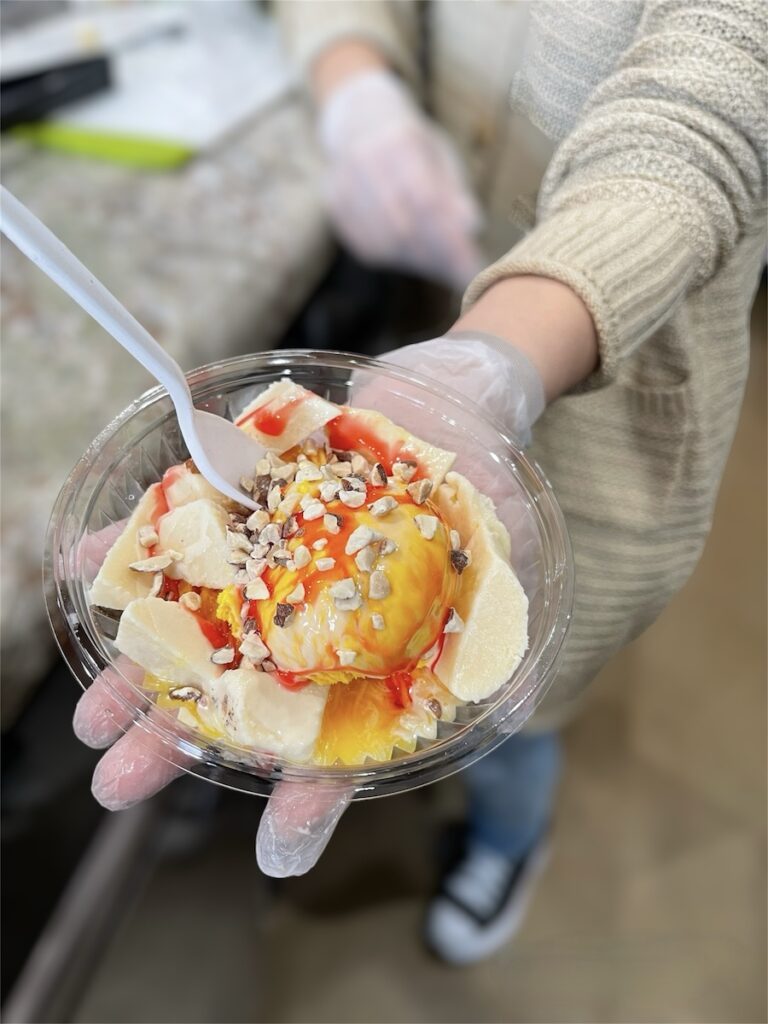
Attention is paid to every detail and fresh, quality ingredients. For example, as the sweetened and flavored milk is cooked over a low flame, it must be stirred continuously to prevent it from sticking to the cooking vessel. The slow cooking that condenses and thickens the milk, caramelizes the sugar and browns the milk proteins is what infuses the kulfi with its unique taste and feel.
This also includes equipment, such as Saffron Spot’s food-grade plastic cones have always been imported from India. They are used for freezing the ice cream; a popsicle-like stick inserted into each one completes the on-the-go treat.

Says Smita , “People from India who eat it say it tastes better than what they get back home!” When I told an Indian friend about the kulfi on the way to another event, she wanted to drive 10 miles out of the way to try it straight away!


Saffron Spot’s other ice creams are frozen in a machine, so air is incorporated. The process makes them softer than kulfi, which can go directly into the cones and then the freezer.

Flavors are so tempting we wanted to try them all, and we pretty much did!

The star flavor s the signature Saffron Silk, saffron ice cream intermingled with subtle flavors of rose and pistachios, unlike the middle eastern much more flowery version. “Saffron, Rose, Pistachio, Tutti Frutti and Kulfi ice cream are some of our popular flavors,” reports Smita.
Other favorites include rich, silky Kulfi Kreme, Guava, Pomegranate, Cashew, Lychee, Sitaphal, Date/Walnut, Paan, Chiukoo, Butterscotch, Mango, Rose, Pistachio and Tutti Frutti although each flavor is on the menu because it is doing well.

Smita loves “creating flavors that remind me of India and so I experiment with various spices and flavors that are used in India to create one-of-a-kind flavors and combinations.” Continuous crowds inside of Saffron Spot are a sure sign of customer approval.

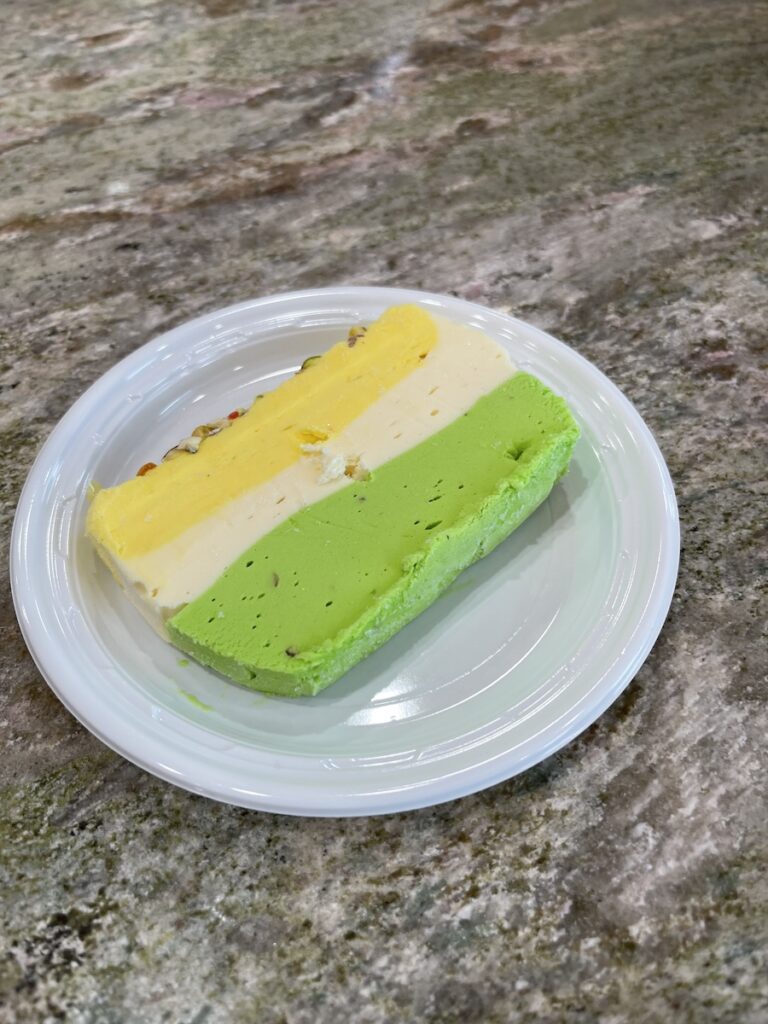
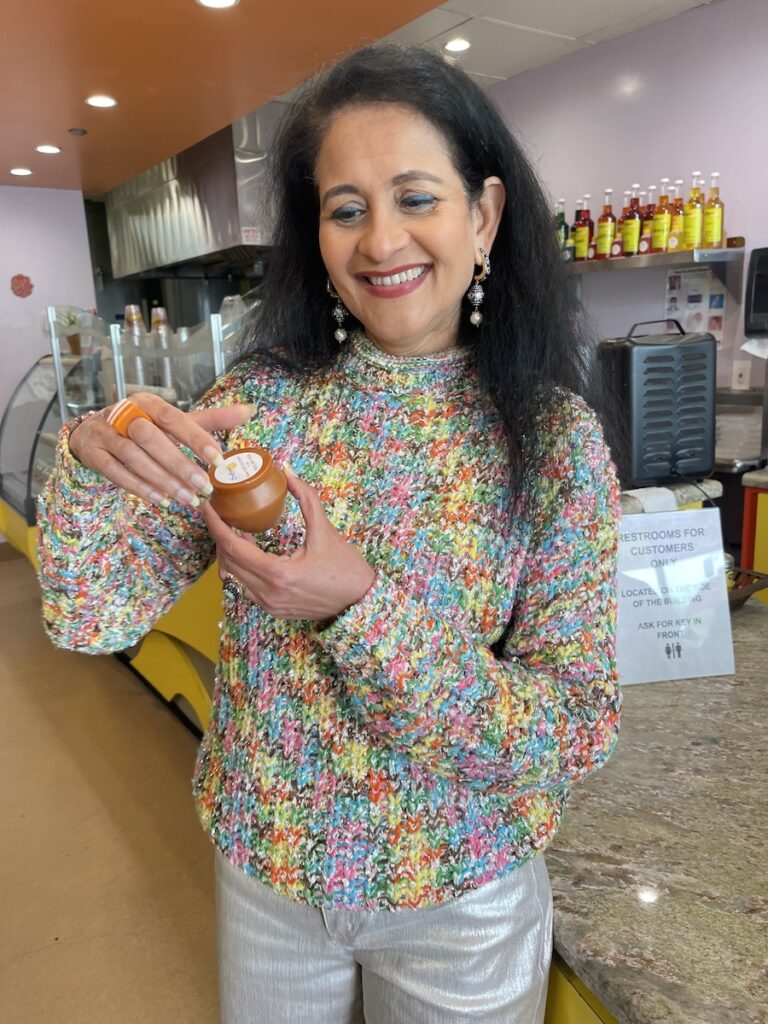
Smita’s background in management has been a huge asset in creating and maintaining the company. She’s also active in the Indian and culinary community. Smita created the Kitchen Queens group for home and professional cooks passionate about Indian cuisine and culture. Friendly competitions, events featuring cooking demonstration and ethnic food tours are some of the activities. One was this festive tasting.


“When I started the company and product, I named it ‘Neemo’s Exotic Ice Creams’ after my two young daughters Nikita and Monica,” recalls Smita. “Our saffron signature flavor was the most popular of the four we offered. The name has changed, my daughters are grown up, but saffron remains the most popular.”
“My goal has also always been to create a high-quality and unique product in a niche market,” she continues. And we are always in the process of continuous improvement – creating new flavors and menu items plus enhancing existing ones to create a ‘tasteful’ experience. And one that is fun.”
And, if anyone knows fun and “tasteful,” it is Smita.

Saffron Spot, 18744 Pioneer Blvd, Artesia, CA 90701, (562) 809-4554, //saffronspot.com






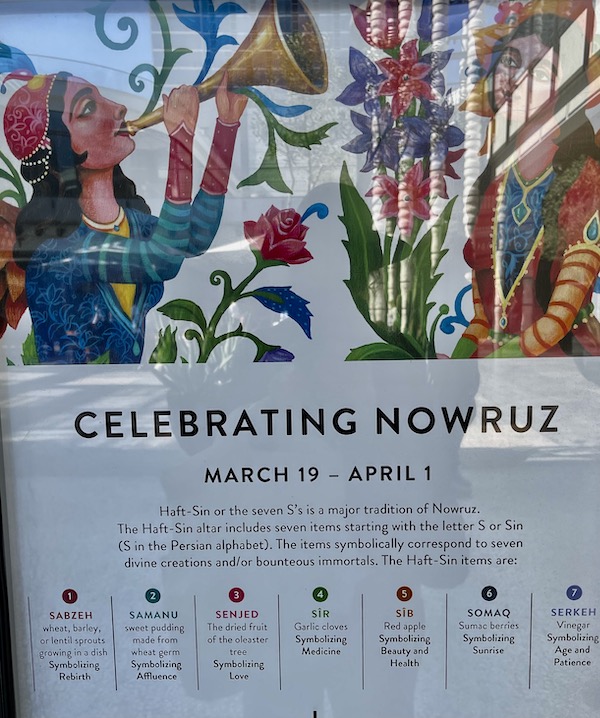






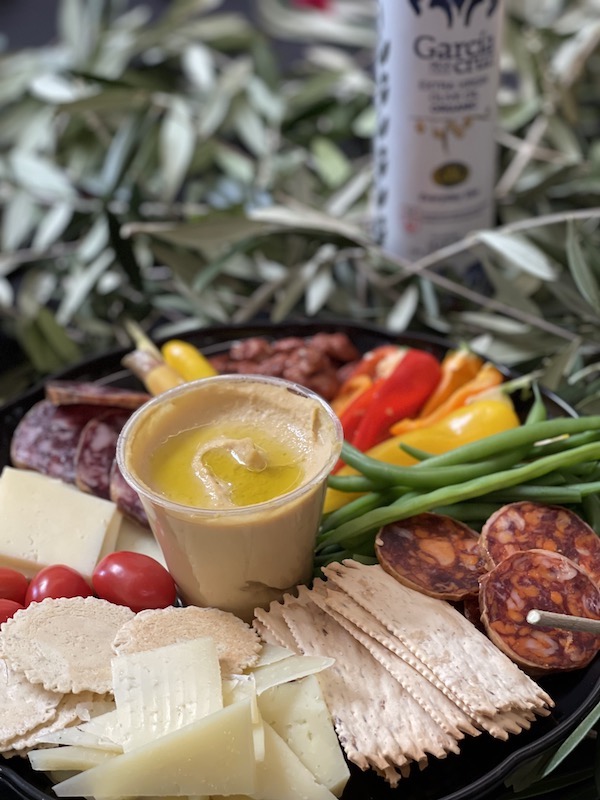
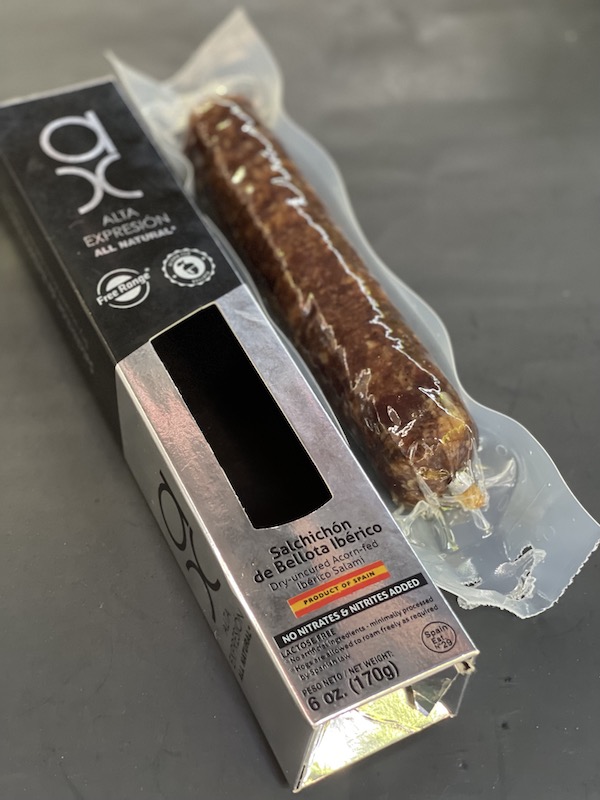
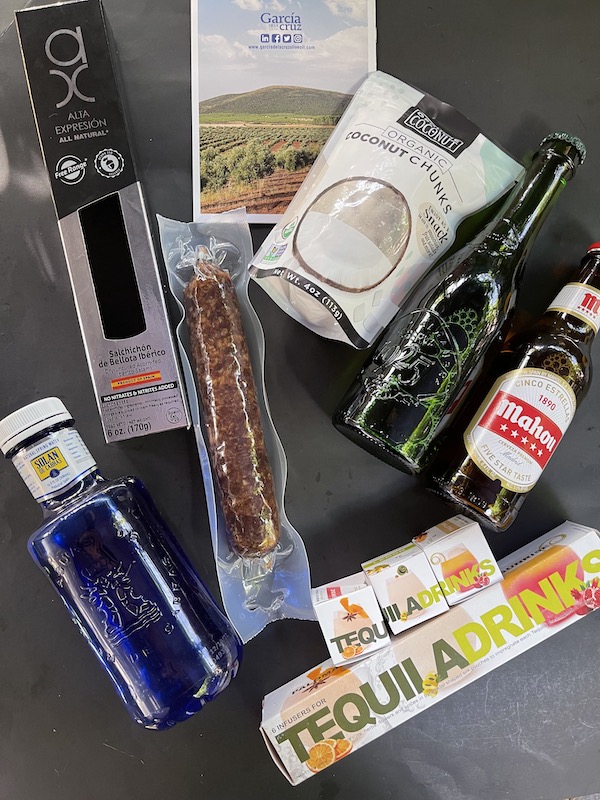




 Gerry Furth-Sides
Gerry Furth-Sides  Barbara Hansen
Barbara Hansen  Chef-owner Alain Cohen
Chef-owner Alain Cohen  Roberta Deen
Roberta Deen  Jose Martinez
Jose Martinez  Nivedita Basu
Nivedita Basu